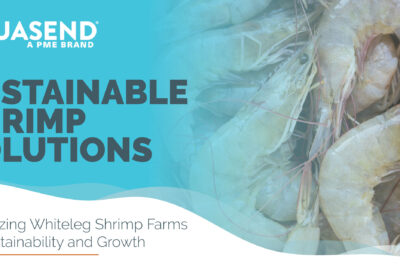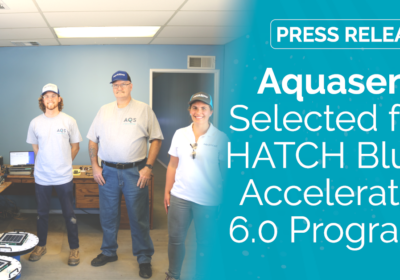Three New Viruses Could Threaten Aquaculture

Endangered Pacific Salmon
The migration of salmon, how they know which river they were born in, and how to return there to spawn is one of nature’s greatest mysteries. What isn’t a mystery is how harrowing the journey from the ocean back upstream to their spawning site, referred to as a run, is on the salmon. To get back to their spawning location, they must overcome many manmade and natural obstacles, fishermen, predators, and pollution. Many never make it.
The American Fisheries Society (AFS) cited 106 Northwest runs extinct and 214 runs in Northern California and the Pacific Northwest at risk of extinction in 1992. Since then, the number of runs has continued to decrease. Although efforts have been made to protect them, the species are still threatened by global climate change, illegal fishing, and now three new viruses.
Three New Viruses Found in Pacific Salmon
Researchers from the University of British Columbia (UBC) and Fisheries and Oceans Canada tested over 6,000 salmon, both wild and farmed, along the British Columbia coast and found three new viruses in salmon that hadn’t been known to infect fish before this time.
Researchers noticed that the viruses were found overwhelmingly in dead or dying fish, enhancing the worry for this already threatened population.
- One of the viruses more commonly found in salmon hatcheries infected 15% of all hatchery Chinook that were tested.
- Another virus was only found in adult and sub-adult fish and infected 20% of farmed Chinook.
- One of the viruses was found in juvenile salmon, affecting them as they make their journey to the ocean, and keeping them from attaining adulthood.
The Future of Pacific Salmon Populations
During their study, researchers found that although these viruses were found in both farmed and wild populations, the new viruses were found more commonly in farmed fish. This raises concerns for what that means for wild fish, as it is currently unclear how the viruses are spread. A virologist from UBC, Curtis Suttle, pointed out that this study emphasized a need for better monitoring to fully understand the effect that these viruses could have on wild populations.
Over the last three decades the salmon population has been a concern of many stakeholders. This research could help inform whether or not these viruses have caused the decline in salmon populations, identify outbreak locations, and inform steps to move forward.
Better Monitoring
As Suttle pointed out, these recent findings have identified a gap in monitoring. Water-quality monitoring is the first step to a healthy fish farm. With the Aquasend Beacon™ you’ll be able to easily rule out water-quality as a cause of unhealthy fish, making it easier to identify when you have a virus impacting your farm.
Reach out to us today to learn more about the Aquasend solution and how we can help improve the health and efficiency of your aquafarm.


